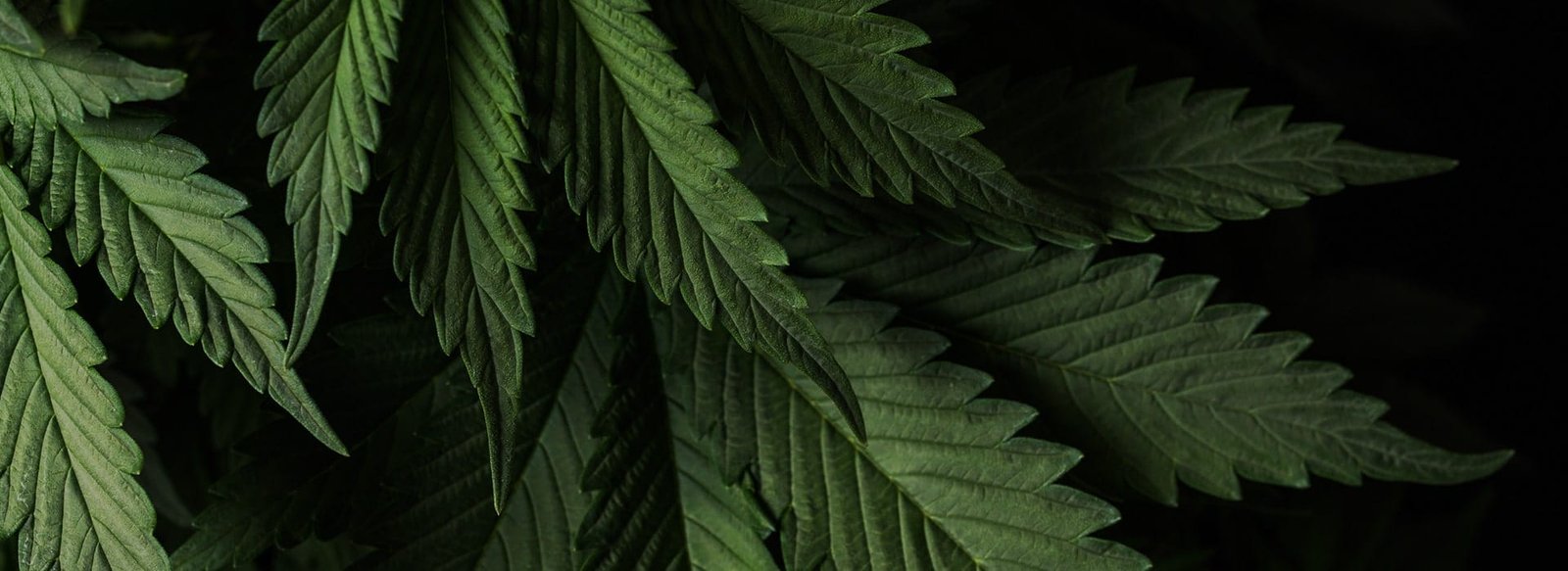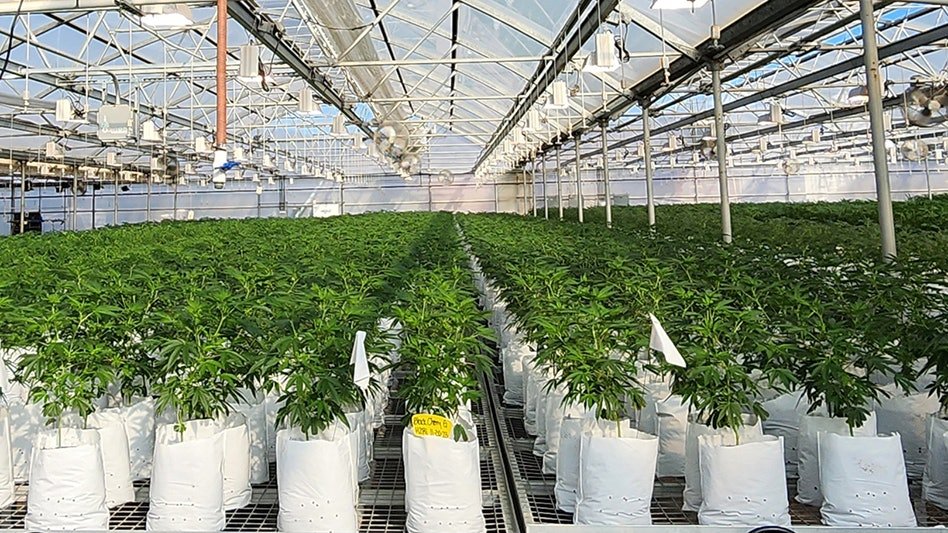
Blog
15 Plant-Centric Tips for Commercial Cannabis Cultivation

As the cannabis industry has become more competitive and margins have tightened, leaning on the expertise of seasoned cultivators has become increasingly invaluable.
From avoiding pest problems to refining environmental strategies and mastering the post-harvest process, building upon the work and innovations of those who have been there and done it remains key to improving quality and increasing yields. At the end of the day, shared knowledge for the betterment of all has advanced myriad industries—not just cannabis.
The plant-centric cannabis cultivation tips provided here are from four cultivators who share a passion for the plant but come from different backgrounds and growing techniques, from an old-school breeder on the West Coast to a multistate grower with an ornamental greenhouse background, a brand-centric grower in the Midwest, and a scientific and sustainable-based outdoor grower in New York.
Their shared wisdom is an effort to prioritize best practices in an open forum to further discussions, accelerate success and help the industry win as a whole.
Tips from …
 Shane Yoakam (aka Suny Cheba)Photo provided
Shane Yoakam (aka Suny Cheba)Photo provided
1. Follow IPM Best Practices: “Scouting plants for pests and disease is a key part of successful cultivation. Utilizing mapping, flagging and sticky traps to monitor species and population levels allows a grower to make treatments with precision. Learning to use banker, trap and companion plant species around and in your garden helps create defensive garden perimeters and provides beneficial insects a place to feed, rest and procreate. For a higher quality product, use non-oil-based treatments in the flowering phase.”
2. Choose Proper Substrates: “A clean, healthy organic substrate is critical in cultivating quality flower, one that many tend to skip over to keep costs low. Choosing the right substrate and porosity to match your immediate environment and cultivation style yields the best results. Properly using substrates with amended inputs, such as activated biochar, can help reduce watering and nutrient inputs. Always remember that organic soils are more forgiving than rockwool or coco in high heat events and emergencies.”
3. Pick and Trial New Products: “Proper trials require dedicated space, separate applications and extra labor. Before trying a new product, do the cost analysis on the item and compare all the associated costs. Most trials will likely end after running costs and/or exploring alternatives. After committing to a trial, follow proper instructions, use the correct application or dosage rates, and collect as much data as you can to quantify the results. It is crucial to always conduct small and controlled trials.”
Tips from …
 David RisleyPhoto provided
David RisleyPhoto provided
4. Monitor Your Environment Closely: “Monitor your environment throughout the day and review historical data. Although environmental and control system management have come a long way, particularly in an indoor setting, those of us with greenhouses face additional challenges. Do not take it for granted that your system is performing well through the night just because your plants are alive in the morning! How high is your humidity really spiking when your lights turn off? Seasonal weather changes usually require a rethink of your control strategies; track your system performance and adjust your setpoints as needed. Does your system react as needed during a storm when humidity is high? Do your vents close during high winds? Some control systems are more capable than others, but I’ve never seen one that can do it all. As a cultivator, you need to know the line between automation and human intervention.”
5. Track and Monitor Strain and Batch Performance: “Have a system in place to track and monitor strain and batch performance. In addition to tracking yield, calculate wet to dry flower weight, which can be used as an indicator of finished flower weight at time of harvest. We usually see a 10 percent conversion, so 2,000 pounds harvest weight should yield around 200 pounds dried flower. Track ratios of A, B and C buds. Usually, C buds are sold at a discount, so plants with a disproportionately high C-bud ratio can actually be less valuable despite decent yields. It can also indicate overhandling in the post-harvest. Lastly, it is important to monitor bud/trim ratios. Anything under 60 percent average should be investigated to determine the reason. A high trim ratio can indicate poor canopy management, early harvest or an overzealous trim crew. There are a few good commercial software options that make this easy—or you can assign the task to an in-house person if they have the right skill set. Compare notes from the cultivation side to better understand why your plants may have performed the way they did. Have a goal in terms of strain variety, flavor profiles, yield, etc. Cull any strains that don’t hit the mark.”
6. Push for Improvements: “Try new things. This can be different trim techniques, planting density, feed adjustments, light and environmental tweaks. We like to run a ‘kitchen sink’ plant every few rounds where we throw everything but [the kitchen sink] at it, no expense spared. Just how nice can a plant be made to grow? Every batch is a new opportunity to learn. Some trials may only require visual comparison. Others should be tracked through harvest to compare weights, quality, potency, etc. It is very hard to see a 6 percent increase across a sample batch of plants, but an extra 60 pounds on a 1,000 [pounds] can make all the difference in the world. Consistently push to better understand your process and make improvements.”
Tips from …
 Scott GayPhoto provided
Scott GayPhoto provided
7. Sterilize, Sterilize, Sterilize: “Use sterile techniques. During our cloning process and throughout the life of every plant, we observe a surgical standard to avoid the spread of any possible virus. Hop latent viroid is the boogeyman. We sterilize all equipment between strains.”
8. Practice Strong IPM Protocols: “We spray every week proactively. We believe an ounce of prevention is worth a pound of cure. We perform daily scouts to look for herms, pests or mold. The sooner something is caught, the less loss there is. We also use a specific workflow as teams support each other. We move from the youngest room to the oldest room. This is to avoid any pest or disease process having access to our propagation room. However, we generally try to avoid any unnecessary exposure.”
9. Monitor for Stress: “Understand how to avoid, identify and react to stressed plants. We monitor constantly for stress. We do challenges—an example would be to increase light intensity—and then monitor for positive or negative results. Develop techniques to treat stressed plants to shorten recovery time.”
10. Leverage Momentum: “We don’t cater to weak plants. While we try to avoid stressing our plants [other than intentional challenges], we do try to push them to the very limits of what is possible. An example, if we have two strains and one strain is weak and not tolerating challenges well. We think long and hard before lowering the inputs due to stress. That would cause a loss in yield from the strain that was strong and not stressing. There is a tightrope the cultivator has to walk when pushing a plant.”
11. Understand How Proper vs. Improper Dry Backs Affect a Plant: “What does heavy and light mean when talking about how wet a potted plant is? This is a pet peeve of mine. Heavy and light are subjective measures that tell me more about the person saying the report than the plant. Maybe the person is weak, and to them it feels heavy. Maybe they are strong, so it feels light. Those are ‘I feel’ statements. I prefer an objective measure, like 454 grams. Failure to understand when something is drinking fast and requires an increased water-feed cycle can cause a hard dry back. Those are very bad momentum killers. On the other hand, overwatering is often something new growers struggle with, too.”
Tips from …
 Benjamin AdamsPhoto provided
Benjamin AdamsPhoto provided
12. Grow From Seed: “Seed technology has come a long way. There are solid breeding companies producing true F1 hybrids—start there. We went with Phylos Bioscience. Growing from seed not only lowers our cost of labor from cloning, but a seed’s tap root is much more vigorous, ensuring a more robust and healthy plant at the end of the life cycle. Not having to maintain mother stock is a plus for us.”
13. Work With Your Native Soil: “Test your native soil; amend it as you need. Far too often, I see outdoor grows use hot black plastic to cover native soil while they grow these unhealthy-looking plants in pots with bagged, ‘nutrient-hot’ soil. Not only is this a waste of money and environmentally damaging, it never produces a quality result. We run clover and legume cover crops to fix nitrogen over the winter and amend the soil with organic inputs in the spring as needed, from what the soil tests tell us. Not only is this cheaper, but the soil biology gives the plant exactly what it needs.”
14. Don’t Underestimate the Dry/Cure Importance: “Make sure you have adequate dry/cure space with the right climate controls. In the end, all your hard work comes down to a two-to-four-week period when you harvest and dry the plants. This is a paramount step. This separates bad weed from good weed and good weed from great weed: maintaining a cool, dry climate with proper ventilation. You have to find the ‘Goldilocks Zone,’ because you can dry the plants out too fast, but also too slow. The cure has to be just right.”
15. Use Beneficials: “Beneficial insects are your friends. You should inoculate your soil with beneficial nematodes—this takes care of most pests, either soil-dwelling or with a life cycle that includes stages in the soil, from fungus gnats to grubs to root aphids and more—and release green lacewing larvae. We inoculate with nematodes the same week we plant and release green lacewing larvae when the plants get a bit larger and foliage-dwelling pests start to have room to hide.”
Jolene Hansen is an award-winning freelance writer and editor specializing in the commercial horticulture, cannabis and CEA industries. Reach her at [email protected].



